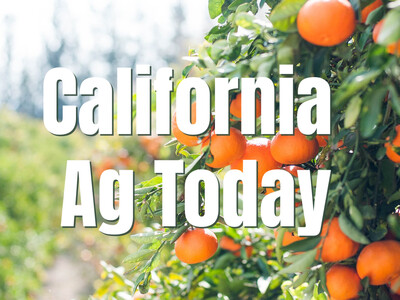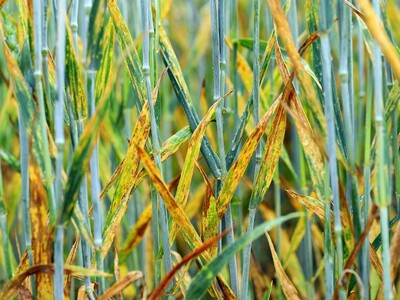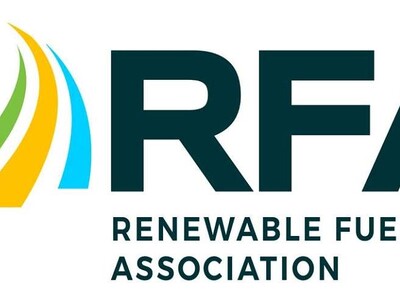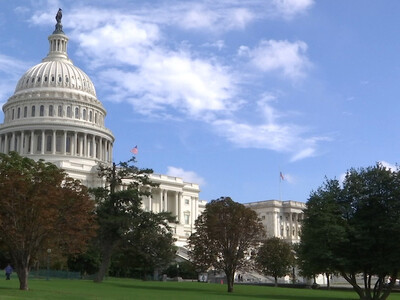Snow Outlook
Ron Abramovich, Water Supply Specialist with the Idaho Natural Resources Conservation Service Sent me an email saying: Idaho's water supply outlook is off to a strong start.
The Natural Resources Conservation Service just released the first water supply outlook report for the 2016 water year. Precipitation since the water year started on October 1, 2015, varies across the state with the majority of the watershed basins at 95 to 175% of normal.
“January 15th marks winter’s half way point which is when Mother Nature usually deposits half of the winter’s snowfall in our mountains,” said Ron Abramovich, Water Supply Specialist with the Idaho Natural Resources Conservation Service. “So far Idaho snowpacks are off to a great start this year thanks to El Nino. Most basins are between from 110 to 190% of average, although several basins are just below normal.”
Typically north Idaho receives more precipitation than southern Idaho; however, this year the highest snowpack is in the state’s Owyhee and Bruneau basins with close to 190% of average. The lowest snowpacks are between 90 and 99% of average in the Panhandle Region, Clearwater, Upper Snake and Bear River basins. This snow accumulation pattern is the opposite from the past two years which saw better snowfall in the basins along the continental divide.
Based on Idaho’s Surface Water Supply Index, water supplies around the state should be adequate with some exceptions for the central Idaho basins. With early snow accumulation so high across most of the state, water supplies look promising, but due to lack of snow in the mid-elevations in recent history, drought concerns are still present.
“We’re in the fourth inning of the game,” Abramovich said. “With half the winter still to come, expect the water supply outlook to change.”
For information on specific basins, streams, and reservoirs, please view the full report online at January Water Supply Outlook Report.














